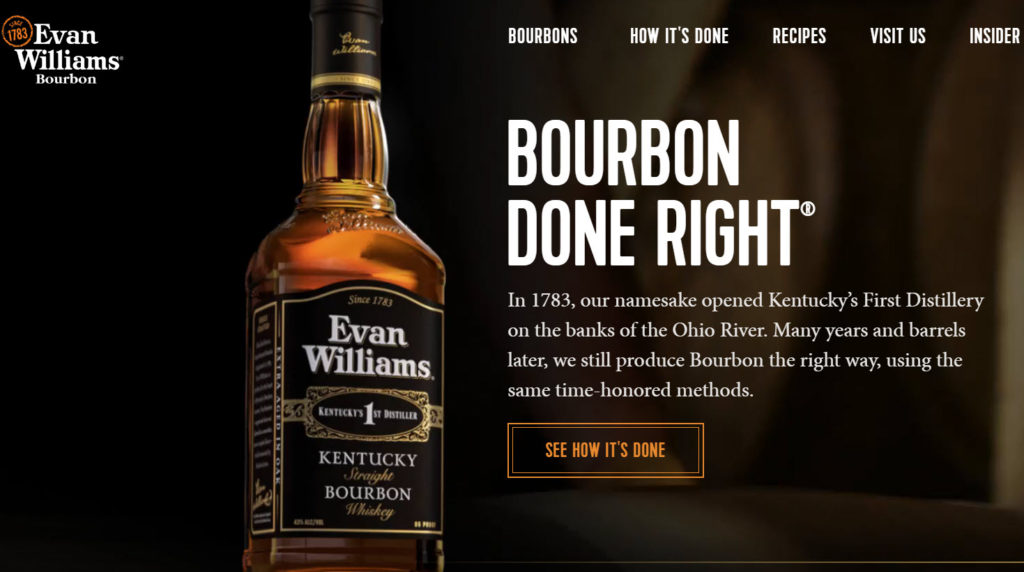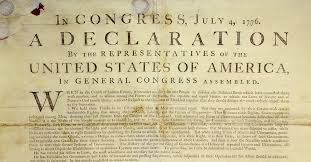A Powerful Brand Idea Is…
 I wrote the brand strategy for a healthier-for-you cookie company, the brand claim for which was “Craft Cookies, Au Natural.” At my practice a claim is supported by three proof planks. Those planks were: craft cookies are healthier, craft cookies offer complex flavors, and craft cookies are naturally moist.
I wrote the brand strategy for a healthier-for-you cookie company, the brand claim for which was “Craft Cookies, Au Natural.” At my practice a claim is supported by three proof planks. Those planks were: craft cookies are healthier, craft cookies offer complex flavors, and craft cookies are naturally moist.
In prep for this post, I reread the brief (from a while ago) and was happy to see it chock full of lovely, even poetic, marketing insights; all of which could launch scores of marketing efforts. (One such insight was “Mass-produced cookies use blanched, steamed, stripped, macerated, and filtered ingredients denuded of taste, texture and health properties. Mass-producers do this to save money and create efficient, flavored sugar sponges.”)
The hard part of brand planning is taking multiple insights noted in the brand brief and boiling them down into a claim (and then, proof planks). Does “Craft Cookies, Au Natural” do that as a claim? I think so. Might there be other ways to reflect a brand value prop for this brand? Sure.
The thing about brand claims, at least at What’s The Idea?, is they need to be memorable. Pithy. Tagline-like. In effect, they become the tagline for the brand until the ad agency creates a campaign for public messaging that trumps it. I often tell clients and prospects campaigns come and go, a powerful brand idea is indelible. Search for one.
Peace.









